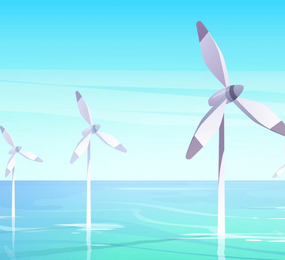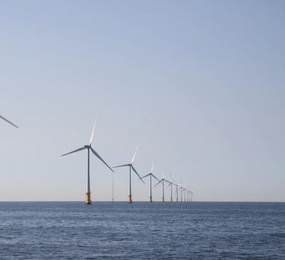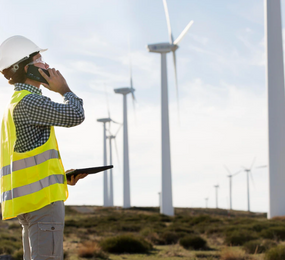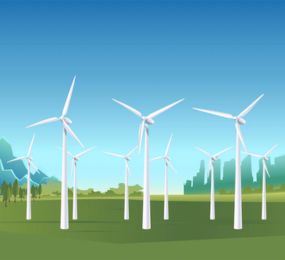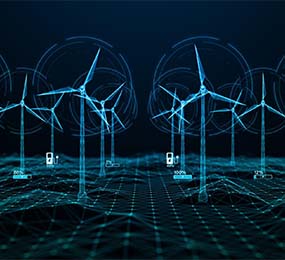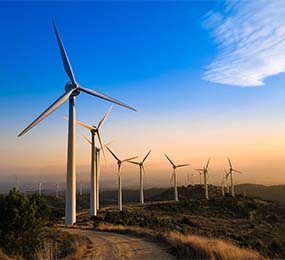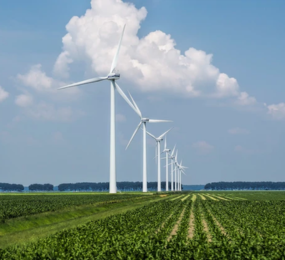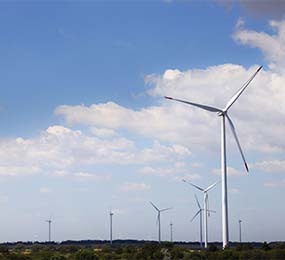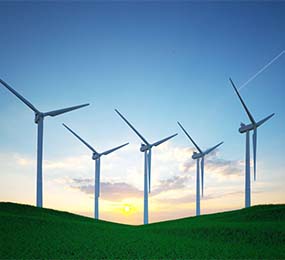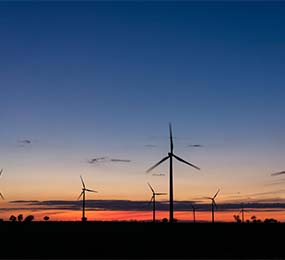As offshore wind farms become increasingly vital in meeting the world's growing energy needs, the efficient and cost-effective maintenance of these complex structures is paramount. Enter robotized operations and maintenance (O&M), a revolutionary approach that is shaping the future of offshore wind. In this article, we explore the transformative potential of robotized O&M in offshore wind and how it is revolutionizing the way we inspect, maintain, and repair these sprawling renewable energy facilities. Join us as we delve into the exciting realm of robotized O&M and its impact on the offshore wind industry.
Maintaining offshore wind farms poses unique challenges due to their remote and harsh environments. Traditional O&M practices involve sending technicians to carry out inspections and repairs, which can be time-consuming, expensive, and potentially hazardous. As the industry expands and wind farms move farther offshore, innovative solutions are required to optimize O&M processes. Robotized O&M presents a promising avenue for enhancing efficiency, reducing costs, and ensuring the long-term sustainability of offshore wind energy.
Robotized O&M combines robotics, automation, and artificial intelligence to perform various tasks that were previously undertaken by human operators. Drones, underwater robots, and autonomous vehicles equipped with advanced sensors and imaging technologies can conduct inspections, collect data, and monitor the condition of wind turbine components. These robotic systems can access difficult-to-reach areas, work in extreme weather conditions, and provide real-time insights, reducing the need for manual interventions.
Robotized O&M offers numerous advantages for offshore wind farms. By leveraging robots, maintenance tasks can be carried out more efficiently, reducing downtime and increasing the availability of turbines. Robots can quickly and accurately detect anomalies, identify maintenance needs, and even perform minor repairs. This proactive approach to maintenance enables operators to address issues before they escalate, minimizing costs and extending the lifespan of assets.
One of the most significant benefits of robotized O&M is enhanced safety. By replacing human operators with robots for high-risk tasks, such as working at heights or underwater inspections, the risk of accidents and injuries is significantly reduced. Moreover, robotized O&M reduces the reliance on expensive offshore crew transfers, thereby reducing operational costs and improving the overall economic viability of offshore wind projects.
The potential for robotized O&M in offshore wind is immense. As technology continues to advance, robots will become increasingly sophisticated, capable of carrying out complex tasks with greater autonomy. Artificial intelligence and machine learning algorithms will enable robots to learn from data, improving their performance over time. Furthermore, the integration of robotics with digital twin technologies will facilitate real-time monitoring, asset management, and predictive maintenance, optimizing the overall operational efficiency of offshore wind farms.
Robotized O&M is revolutionizing the offshore wind industry, providing innovative solutions for safer, more efficient, and cost-effective maintenance practices. By harnessing the power of robotics, automation, and artificial intelligence, offshore wind farms can optimize operations, minimize downtime, and extend the lifespan of assets. As the industry continues to evolve, the future of offshore wind lies in the hands of these advanced robotic systems. Embracing robotized O&M will shape a future where offshore wind energy remains a sustainable and reliable contributor to the global clean energy transition.
https://youtu.be/einZrhWkkp0, watch and explore the exciting possibilities of robotized O&M in offshore wind.
To register or learn more about the Forum please check here: https://bit.ly/430gLPP
For more information and group participation, contact us: [email protected]


